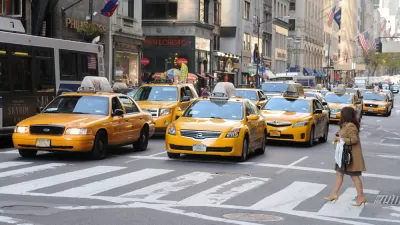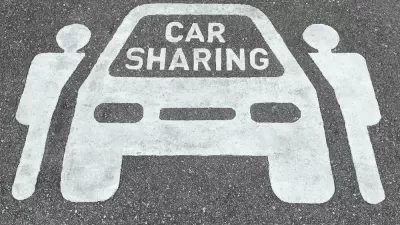A glimpse at Uber's financials show's that the car-hailing app's days of affordability may be shorter than some are expecting

With Uber's rise in popularity it has gained a foothold as an alternate to mass transit for some, pushing out competitors such as Lyft in some markets with hard to beat prices. The Financial Times Alphaville blog takes a closer look at recently released financial data from the company, which shows a substantial subsidy of $2 billion from investors is helping to keep Uber's prices low. As noted in the report, Uber passengers are only paying 41 percent of the actual cost of their trips. Izabella Kaminska of Alphaville writes:
Silicon Valley elites justify the subsidies in the name of monopolistic growth expectations and the building of “eco-systems”*. They believe if monopoly status is achieved, profitability will follow naturally from that point.
Yet, as FT Alphaville has long maintained, there is no reason to assume Uber’s obliteration of local competition across the planet will create a sustainable business in the long term. Costs are costs, even if you’re a monopoly. As long as people have cheaper alternatives (public transport, legs), they will defect if the break-even price is higher than their inconvenience tolerance threshold.
Kaminska notes that the poor returns for the car-hailing aspect of Uber's business model may be why it is now "pivoting its way to viability" with expanded offerings, including Uber Eats.
FULL STORY: The taxi unicorn’s new clothes

Planetizen Federal Action Tracker
A weekly monitor of how Trump’s orders and actions are impacting planners and planning in America.

San Francisco's School District Spent $105M To Build Affordable Housing for Teachers — And That's Just the Beginning
SFUSD joins a growing list of school districts using their land holdings to address housing affordability challenges faced by their own employees.

The Tiny, Adorable $7,000 Car Turning Japan Onto EVs
The single seat Mibot charges from a regular plug as quickly as an iPad, and is about half the price of an average EV.

Seattle's Plan for Adopting Driverless Cars
Equity, safety, accessibility and affordability are front of mind as the city prepares for robotaxis and other autonomous vehicles.

As Trump Phases Out FEMA, Is It Time to Flee the Floodplains?
With less federal funding available for disaster relief efforts, the need to relocate at-risk communities is more urgent than ever.

With Protected Lanes, 460% More People Commute by Bike
For those needing more ammo, more data proving what we already knew is here.
Urban Design for Planners 1: Software Tools
This six-course series explores essential urban design concepts using open source software and equips planners with the tools they need to participate fully in the urban design process.
Planning for Universal Design
Learn the tools for implementing Universal Design in planning regulations.
Smith Gee Studio
City of Charlotte
City of Camden Redevelopment Agency
City of Astoria
Transportation Research & Education Center (TREC) at Portland State University
US High Speed Rail Association
City of Camden Redevelopment Agency
Municipality of Princeton (NJ)





























